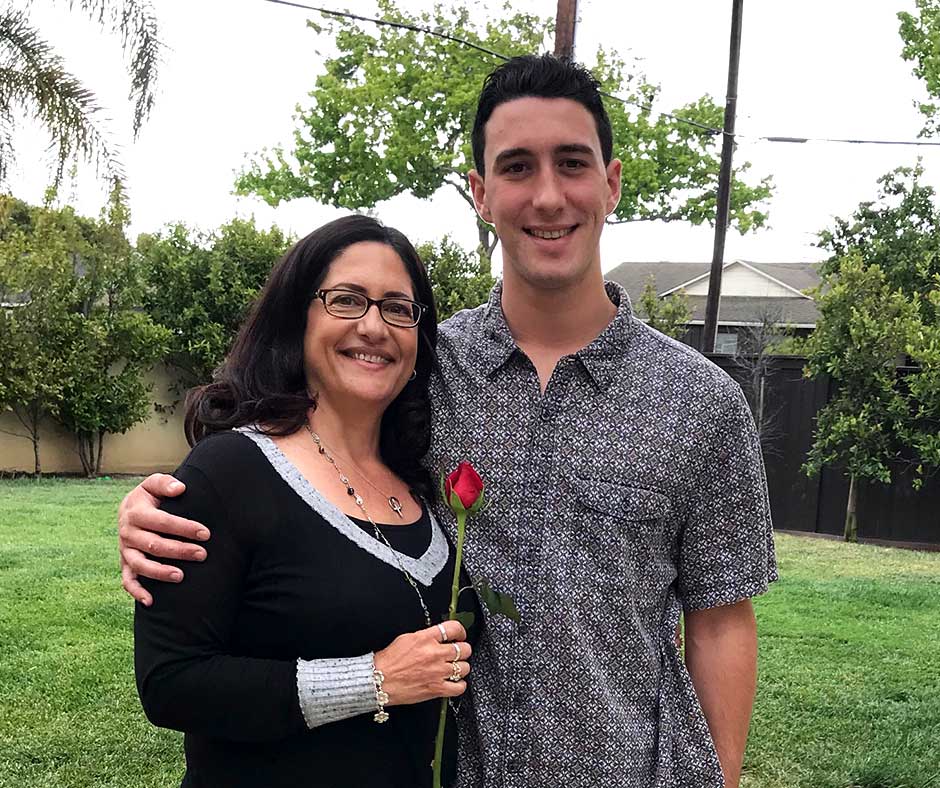The term ‘Spice’ is actually a genericized trademark of synthetic cannabis, a designer drug that is purposed to mimic the effects of marijuana. Essentially, these products contain synthetic versions of the cannabinoids such as THC found in marijuana in order to achieve the same type of high.
The catch? Since these particular cannabinoids have not been regulated by the government until recently, they were freely available for purchase in head shops, online, and even in some gas stations.
Spice has risen in popularity over the last ten years for this exact reason. Not only was synthetic cannabis openly legal for years, but it also does not show up on most drug tests unless scanned for specifically. Brands such as Spice and K2 produce a type of spray that is applied to herbs which are then able to be smoked in any way typical marijuana would. Though the manufacturers claim to use a mixture of traditional medicinal herbs, when analyzed, many of the claimed herbs and ingredients were not even present.
What are the dangers of spice?
Though meant to mimic the effects of naturally grown marijuana, there are a plethora of side effects to the use of synthetic cannabis. As research on the safety of synthetic cannabinoids is now becoming more readily available, many studies are focused around its roll in psychosis. Synthetic cannabis can not only trigger a psychotic state but may also prolong it. It has been associated with the worsening of already stable psychotic disorders, may instigate acute psychosis and in some cases trigger a chronic or long term psychotic disorder among particular individuals who have a family history of mental illness.
In addition to its psychological effects, synthetic cannabis can also trigger vomiting, hallucinations, seizures, convulsions, panic attacks, hypertension, and general agitation. Heart attacks and even deaths have been linked directly to the use of spice:
Synthetic marijuana may be to blame in three deaths and 75 hospitalizations in Colorado, CNN reports. The Colorado Department of Public Health and the Centers for Disease Control and Prevention are investigating whether the drugs caused the illnesses, which sent people to hospitals in Denver and Colorado Springs beginning in late August. (Read the full article here.)
Is Spice legal?
Until July 2012 when the Synthetic Drug Abuse Prevention Act was signed into law, the government did not regulate compounds found in synthetic cannabis. Though many have been filed under Schedule I drugs, various alternate versions of synthetic cannabis have cropped up which are completely legal to sell and purchase. It may not be as prolific as it once was, but it is still very much available for anyone taking the time to look for it.
Synthetic Drug Culture
A large reason why the counter culture of synthetic drug use has risen in popularity has much to do with its inability to be detected on traditional drug screenings. For young adults looking to get high in a cheap and easy way, being able to purchase synthetic cannabis at a local store legally and without consequence is a justifiable opportunity. Until recently, teenagers on sports teams or those involved with other extracurricular activities were able to pass drug tests while still getting high. Now, schools are more prone to new substances and subject their students to drug screenings specific to synthetic drugs.
Where Should the Line Be Drawn Between Whats Legal and Illicit?
Synthetic cannabis is not the only fake compound that has been created to pass drug screenings. Synthetic drugs that mimic the effects of methamphetamine (bath salts) and even opiates have also been just as easy for teenagers to purchase. Though the problem is far from what it used to be, we still have a long way to go. Just because these synthetic drugs don’t contain chemicals that the government regulates, should they be available for purchase? Where do we draw the line given their intended use? What are your thoughts?
Last Updated on September 10, 2024

